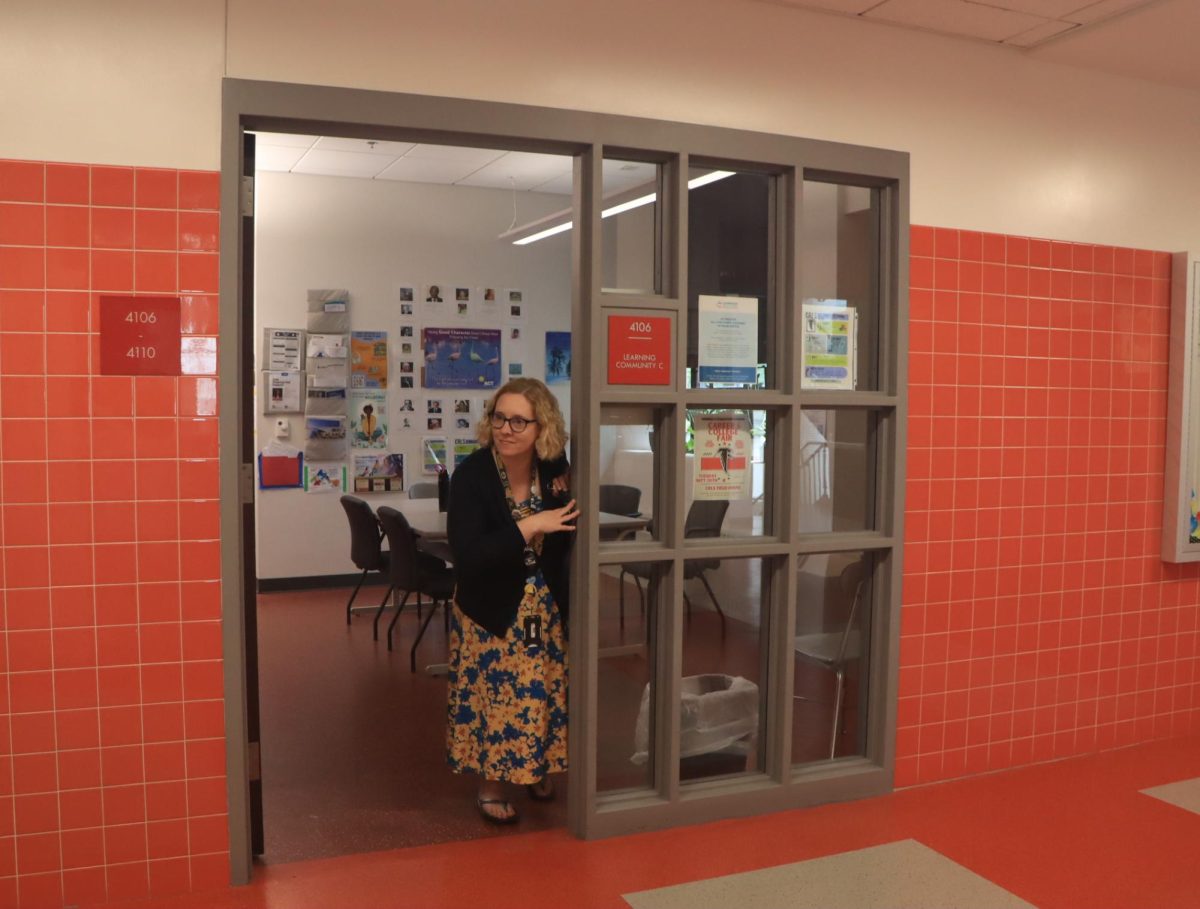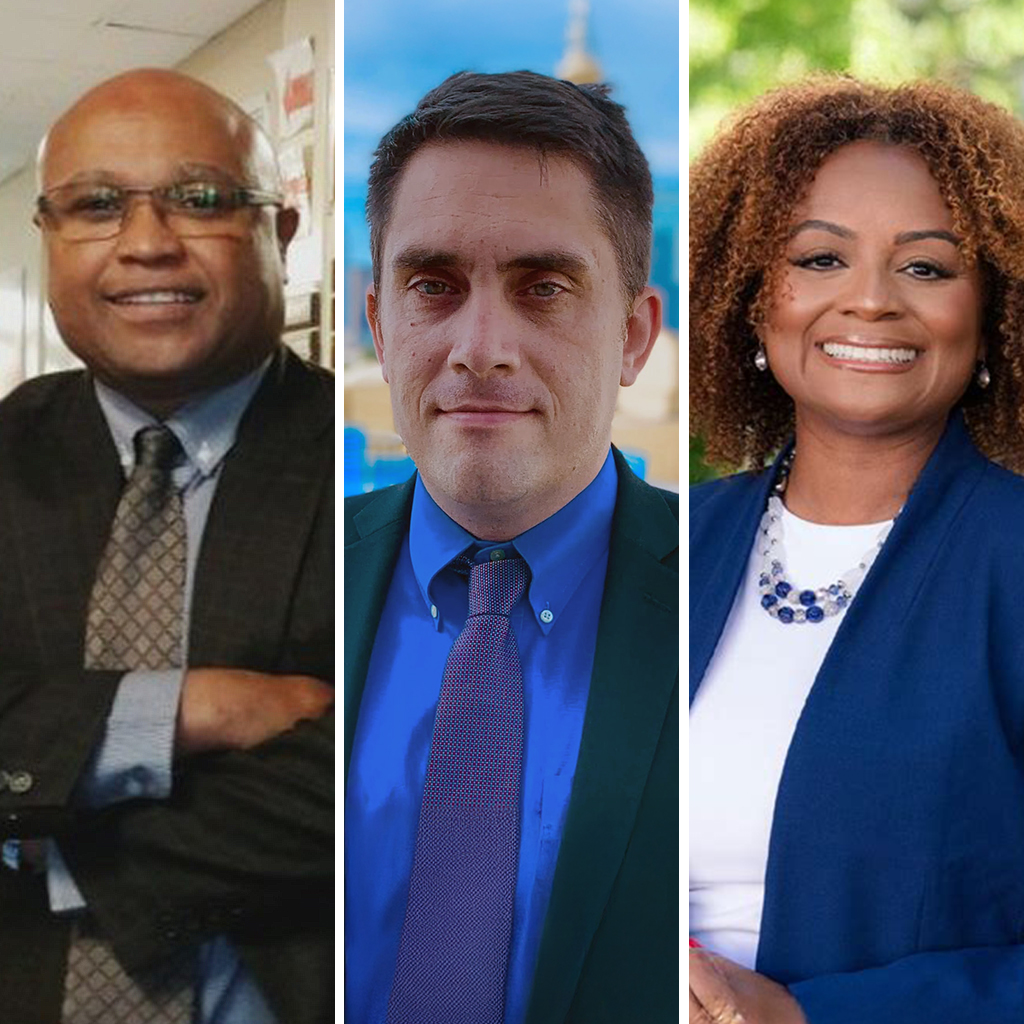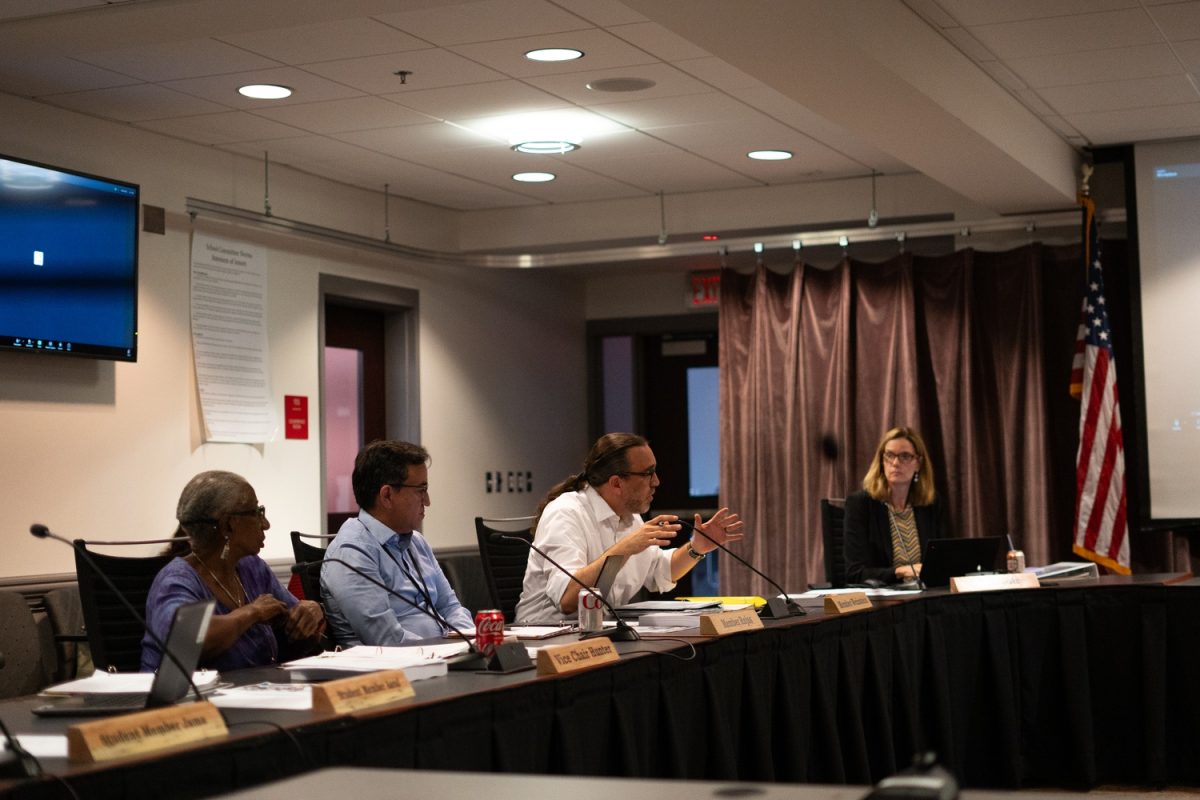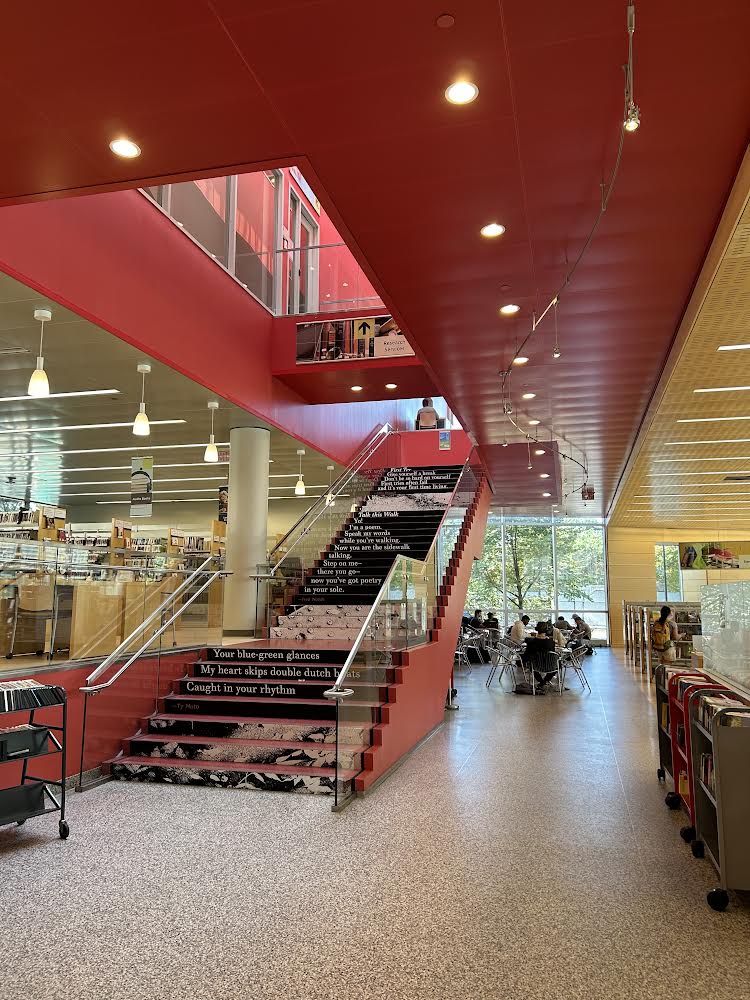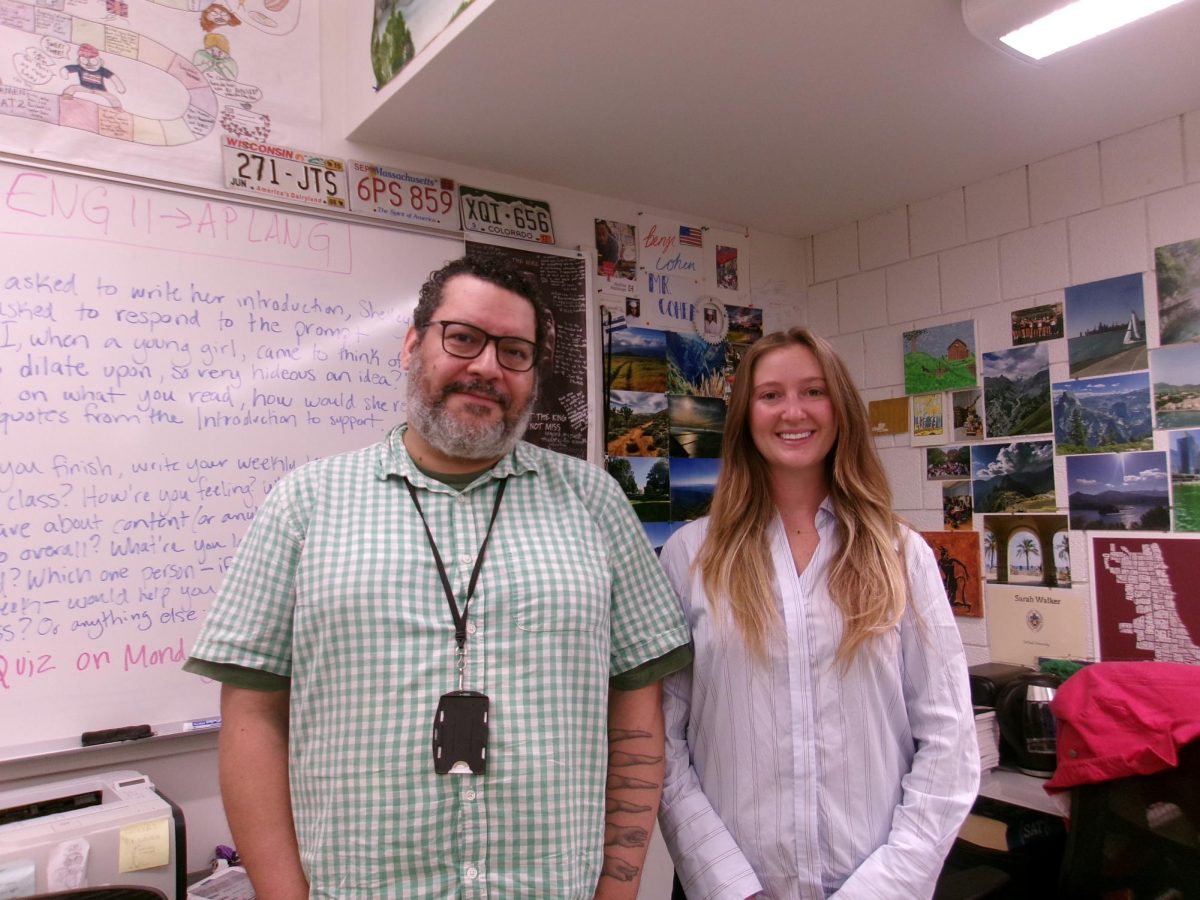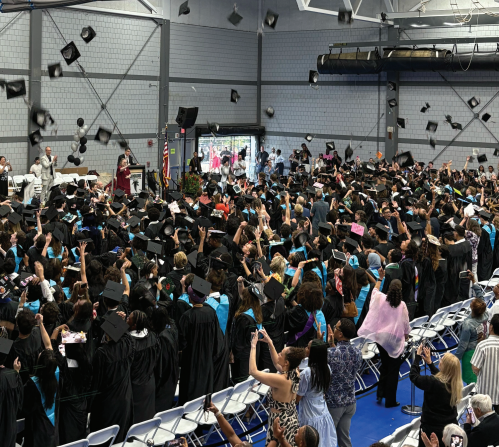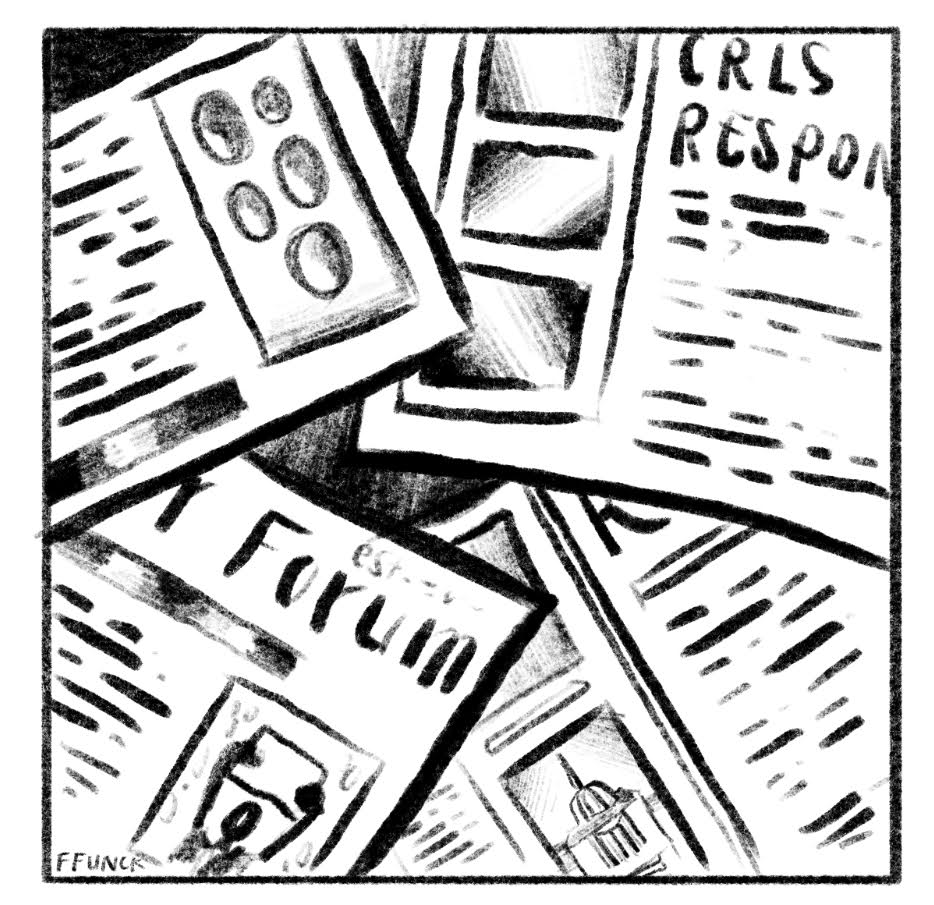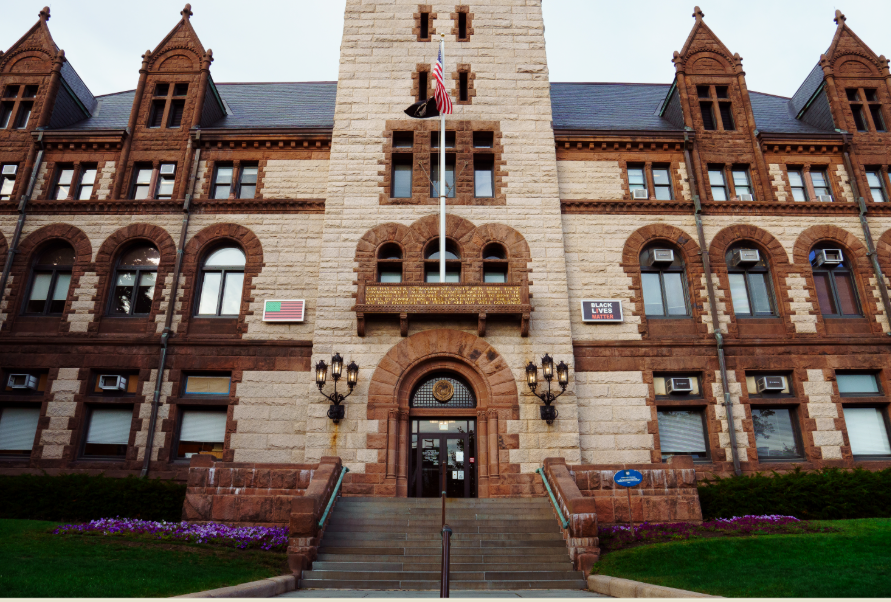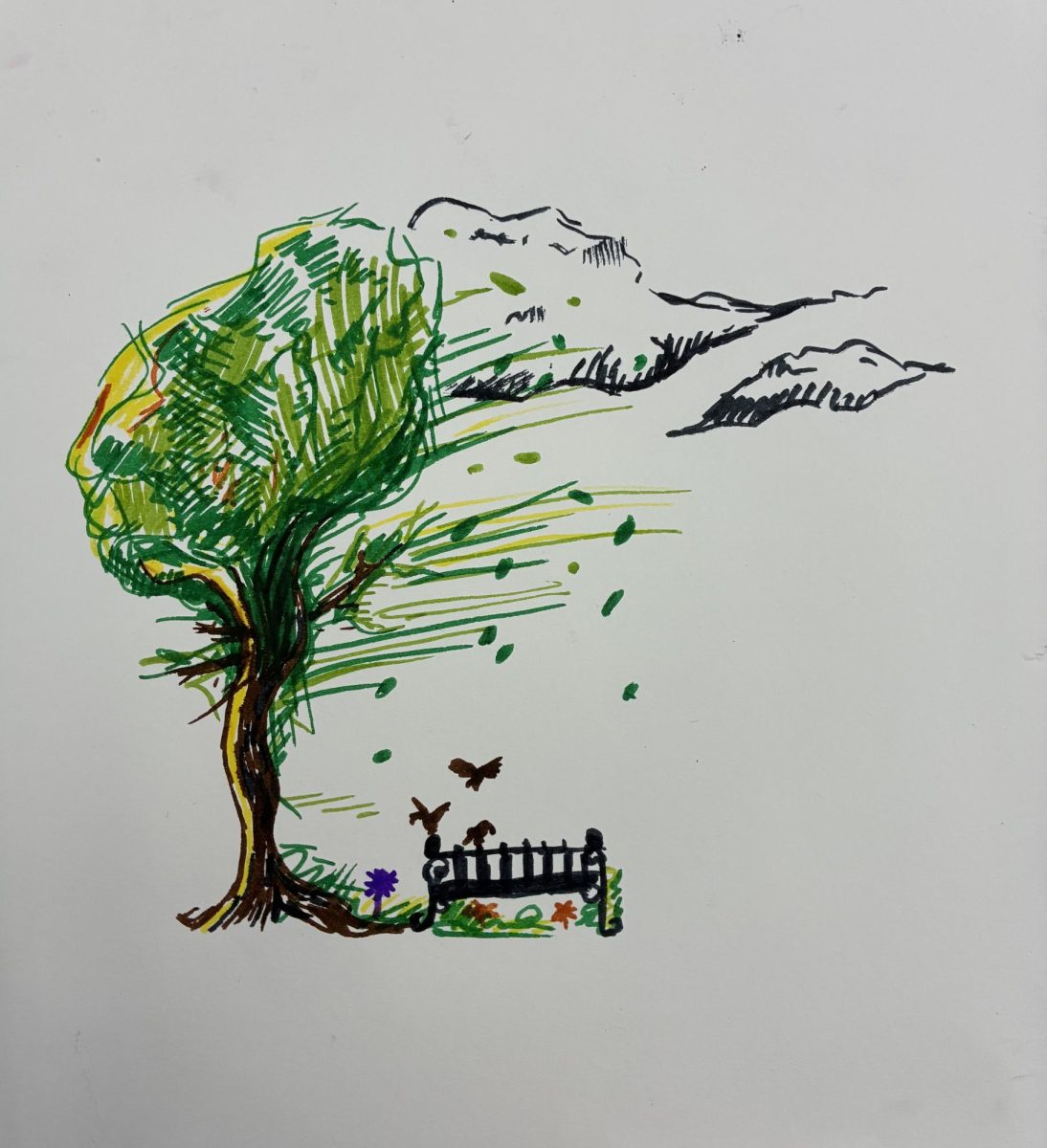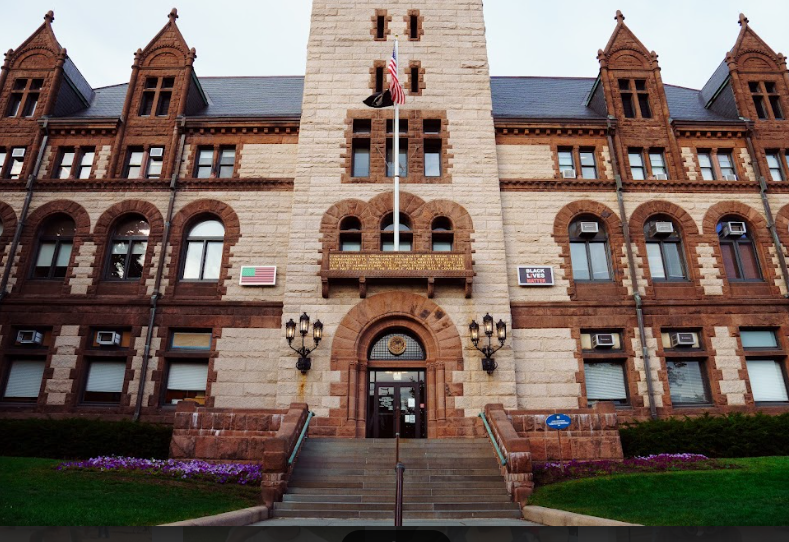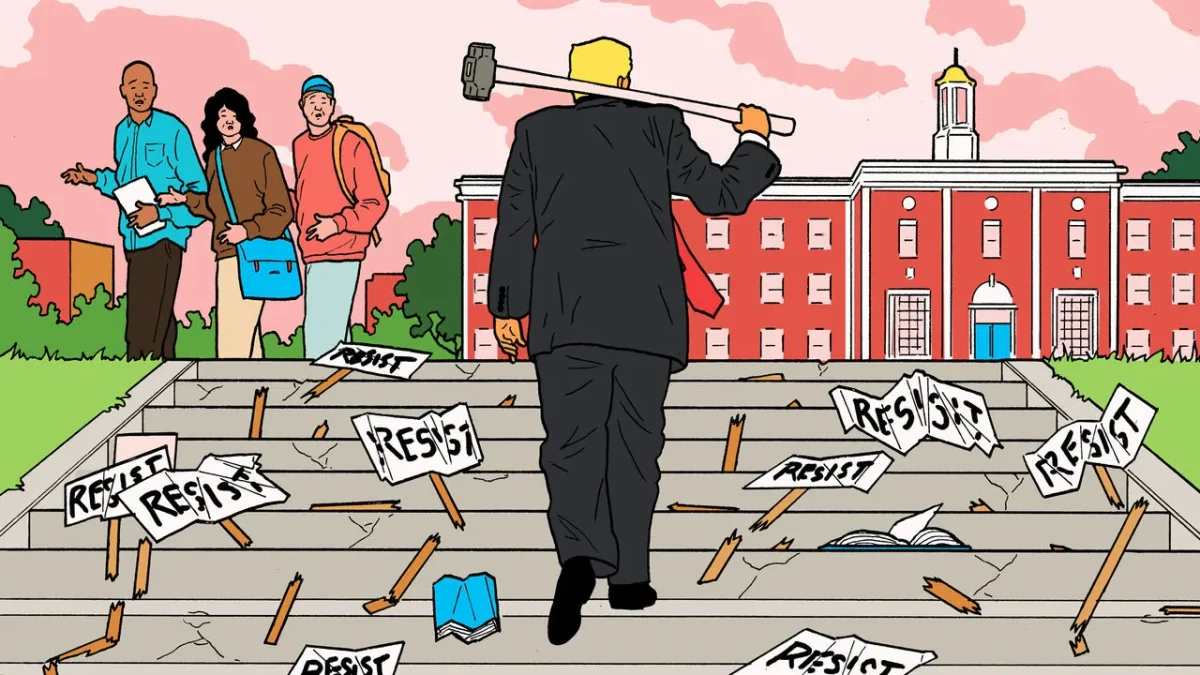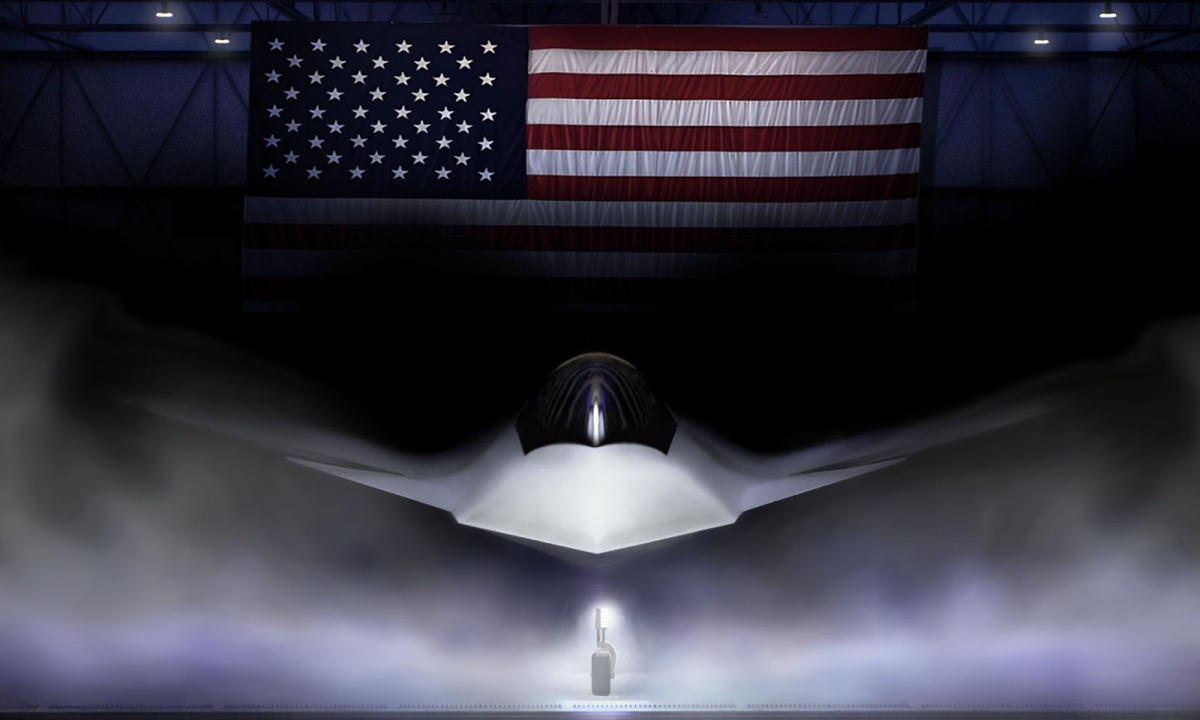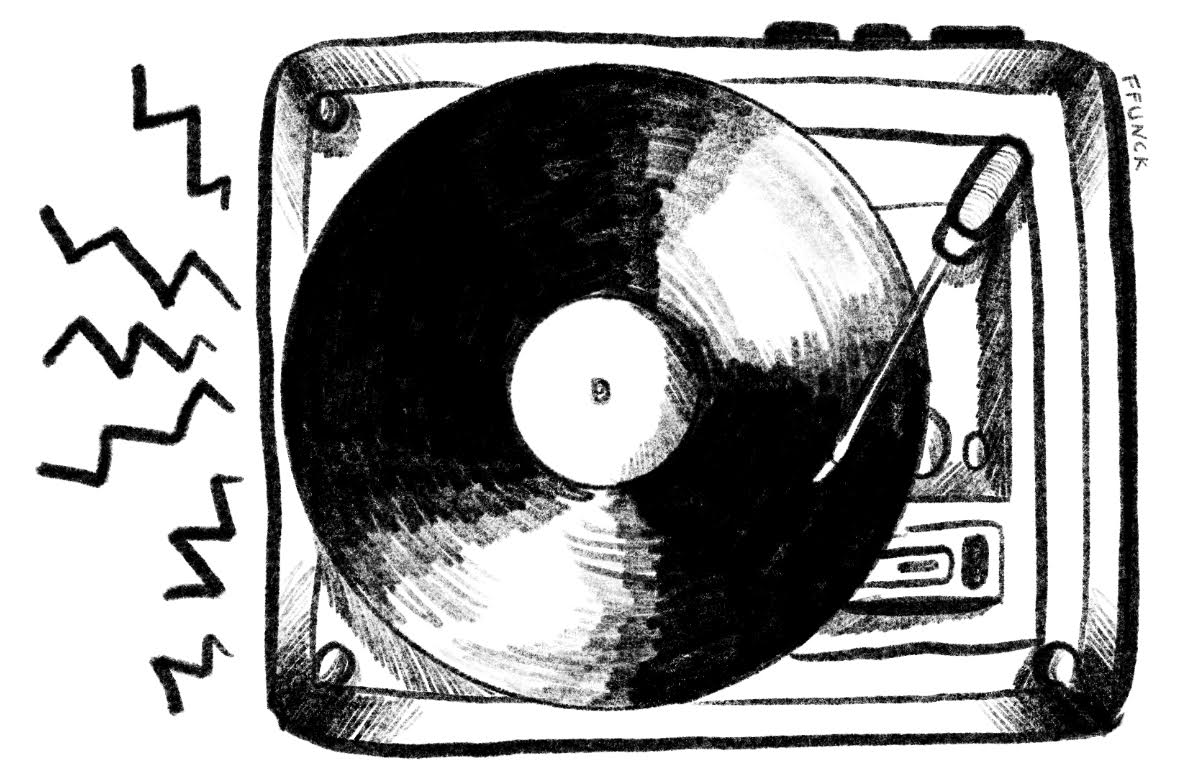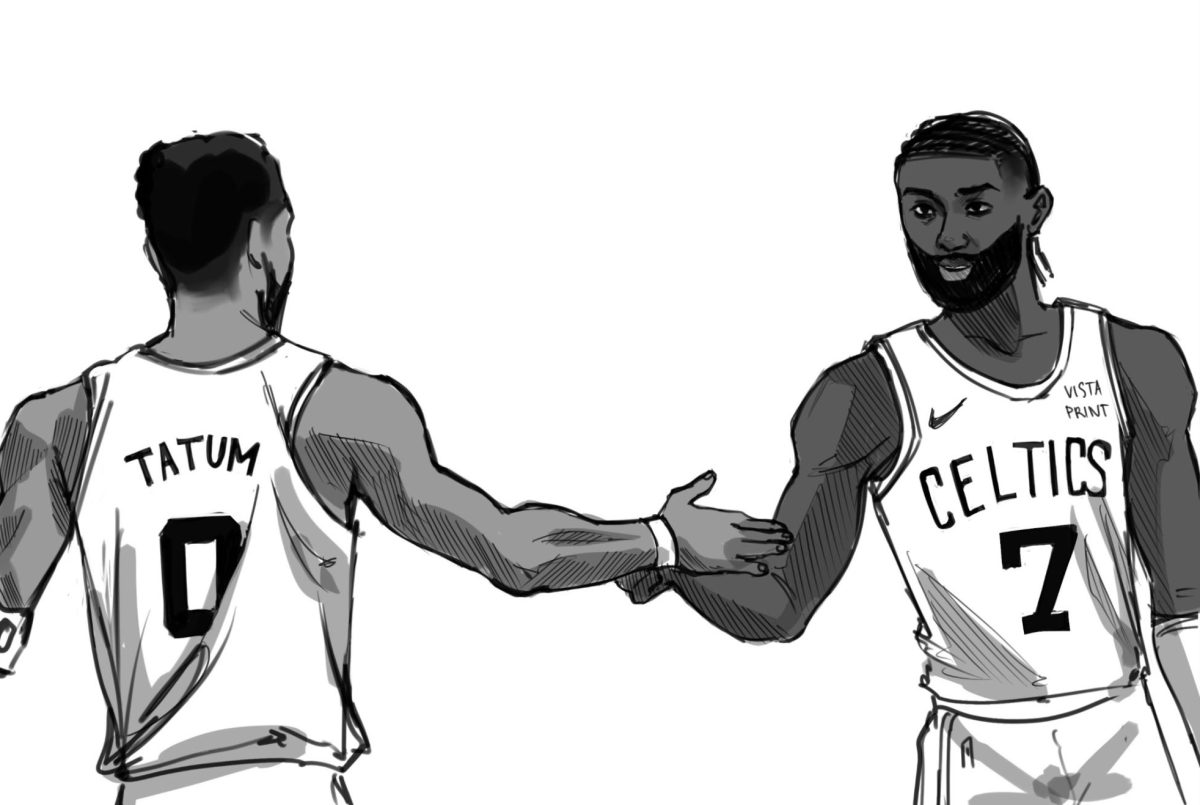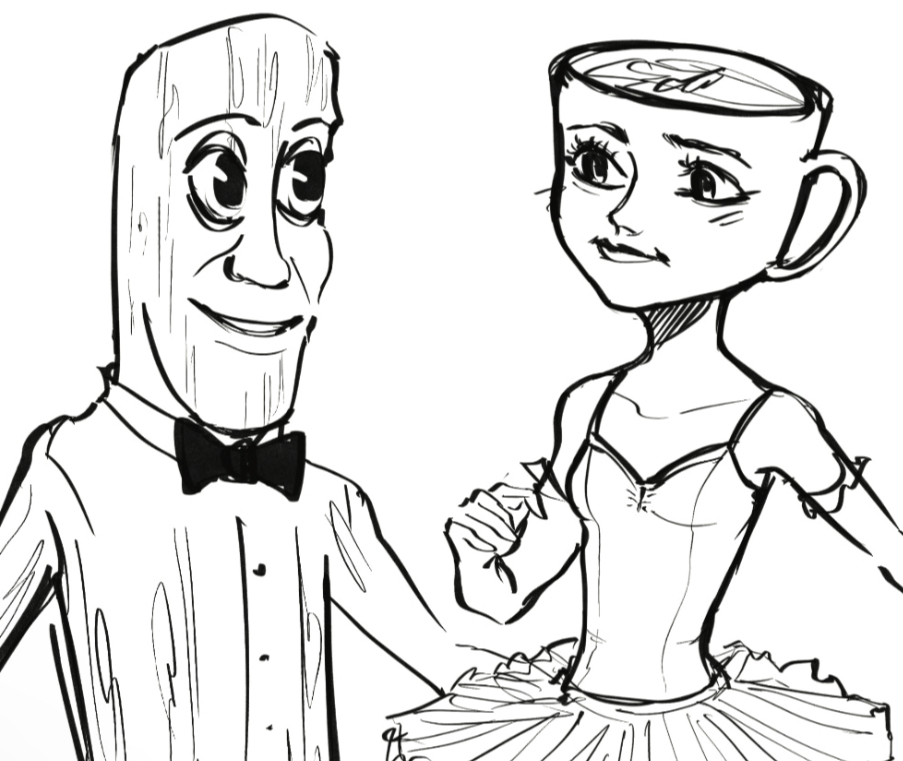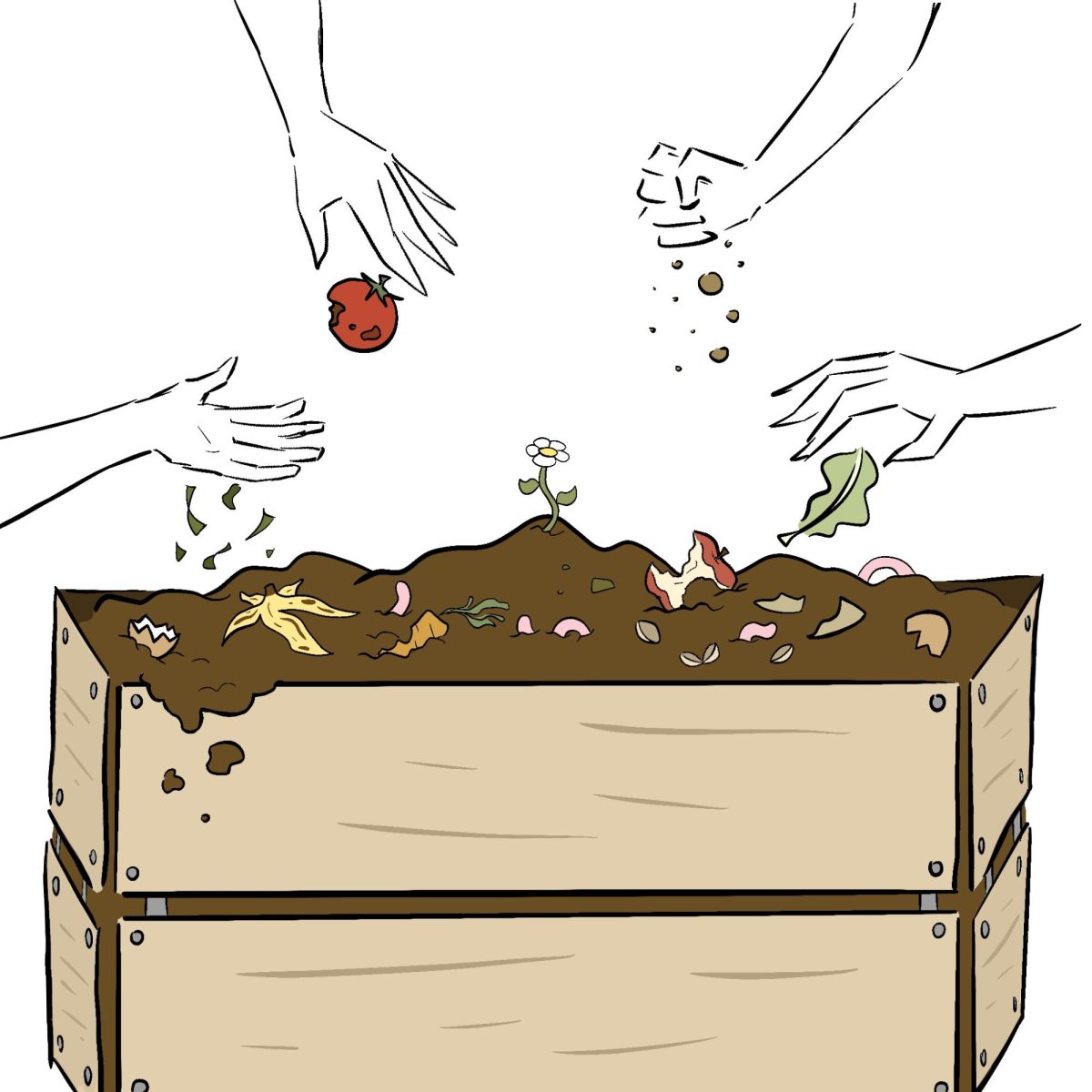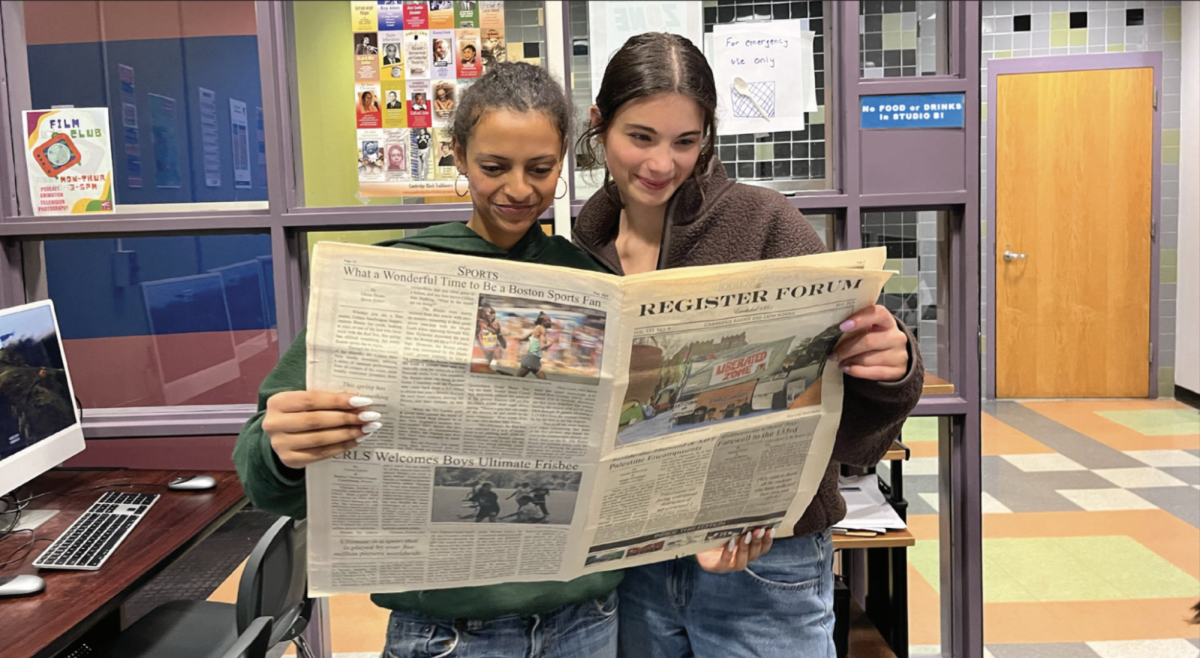As of this year, CRLS students will now have the same guidance counselor throughout their entire high school career. Recently, CRLS’s guidance department has undergone multiple changes. Originally, CRLS followed a 9th grade to 12th grade guidance counselor model, where each student had the same guidance counselor for all four years of high school. Then, in 2018, the superintendent administration opted for a 9th grade model; every CRLS student had one guidance counselor for 9th grade, ensuring their smooth transition into high school, and then switched to a new counselor for grades 10th-12th. However, after much discussion during last year’s School Council meetings, CRLS is shifting back to its traditional 9th to 12th guidance counselor model, and welcoming two new guidance counselors.
Aiming to help students and counselors build strong relationships, this change is projected to better support students during the college applications and post-secondary planning process. As noted in the February 2025 School Council meeting, this guidance counselor model will allow better implementation of Individual Education Programs (IEPs) and 504 Plans. Ms. Nathan, a Learning Community L guidance counselor, echoes this sentiment, telling the Register Forum, “We enjoy having relationships with students. It’s just nice to have the same students and know them—from their struggles with their transition in 9th grade to all their accomplishments and what they’ve gone through by senior year.”
This new model appears especially beneficial for underclassmen, allowing them to form stronger connections with and receive long-term support from their counselor. Due to the previous separation between guidance counselors on the freshman–sophomore lines, the Classes of 2028 and 2029 will not be impacted by the adoption of this new system.
However, the guidance counselor switch poses a few concerns for upperclassmen. The case distribution of students wasn’t announced to guidance counselors until the middle of the summer, with many students getting an email mid-August saying that their counselor changed. For many juniors and seniors, this is a sudden and difficult transition. Evan Wei ’27 shared with the RF that his relationship with his 10th grade guidance counselor was significantly stronger than the new one he was switched to. He worries that his “lack of a relationship with [his] guidance counselor, given the switch-up halfway through high school, may negatively impact [his] recommendation letter.” Ms. Nathan acknowledges this concern, but assures that the department is very close and collaborative—every learning community will be offering weekly support sessions with all guidance counselors so that students, especially upperclassmen, feel heard. Ms. Nathan says that “[counselors’] time can be more equitably distributed between the transition for ninth graders and supporting our seniors. That’s the goal.”
This new system—despite the challenges—is highly promising. By having access to long-term support, students will be able to properly bond with their counselors, helping them succeed in high school to the best of their abilities.
This article also appears in our September 2025 print edition.

